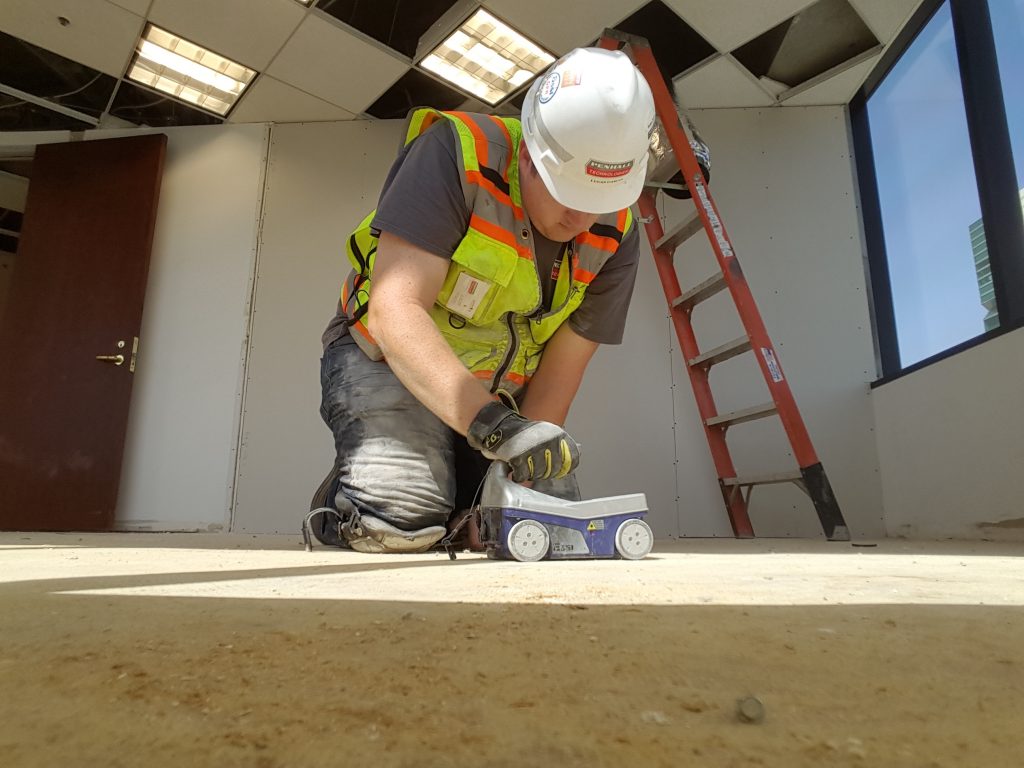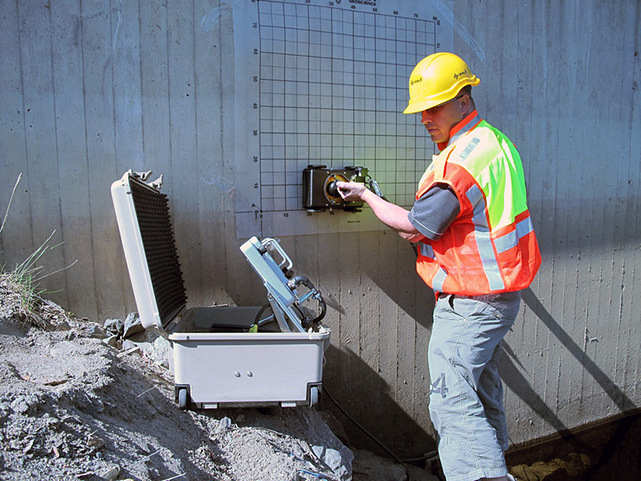RainierGPR Service Areas: Relied On Concrete Scanning Providers in Multiple Locations
RainierGPR Service Areas: Relied On Concrete Scanning Providers in Multiple Locations
Blog Article
Concrete Scanning: A Vital Step Towards Making Sure Architectural Honesty and Safety
In the realm of construction and framework upkeep, the significance of concrete scanning can not be overstated. By employing innovative technology and approaches, concrete scanning serves as a pivotal device in ensuring that the honesty and safety and security of bridges and buildings are upheld to the highest possible criteria.
Importance of Concrete Scanning
Concrete scanning plays a crucial duty in making sure the architectural stability and security of buildings and infrastructure tasks. By utilizing innovative innovations such as ground-penetrating radar (GPR) and electromagnetic induction, experts can non-destructively evaluate concrete frameworks to discover potential issues, spaces, ingrained items, and reinforcement design. This process makes it possible for early discovery of anomalies that can jeopardize the security of a structure, preventing expensive damages and making sure the safety of owners.
Concrete scanning is particularly necessary during the planning and building and construction phases of a task. Before drilling, reducing, or coring right into concrete, scanning assists determine the precise places of rebar, post-tension wires, and other embedded aspects, lowering the risk of unexpected hits that can lead to structural weaknesses. Furthermore, concrete scanning help in quality control by confirming the thickness of concrete covers and finding any type of inconsistencies that may influence the general toughness of the framework. Eventually, investing in concrete scanning solutions is not just a positive measure to alleviate threats but additionally a fundamental action in the direction of maintaining the long-lasting safety and stability of buildings and facilities.
Technology for Concrete Examination

Benefits of Early Detection
Timely detection of structural concerns can dramatically alleviate dangers and make sure the durability of building jobs. By determining possible troubles beforehand in the building and construction procedure, stakeholders can take aggressive actions to address issues before they escalate into bigger and much more pricey troubles. Among the crucial benefits of early discovery is the prevention of architectural failings, which can present severe security hazards and result in project delays and economic losses.
In addition, very early detection allows for timely fixings and upkeep, which can assist prolong the life-span of the structure. By dealing with issues without delay, building and construction teams can avoid pricey repair services or perhaps the demand for early replacement of architectural components. This proactive method not just conserves money and time however also enhances the total security and resilience of the building task.
Furthermore, very early detection can enhance job preparation and decision-making by giving stakeholders with beneficial insights into the condition of the structure. Armed with this info, project managers can make educated options concerning construction materials, timelines, and techniques, resulting in much more reliable and successful job results.
Making Sure Architectural Security
Guaranteeing the architectural stability of a building and construction project is extremely important to its safety and long life. Architectural security describes the capability of a structure or framework to maintain its kind and feature under environmental conditions and various lots. To achieve this, complete assessment and tracking of the framework are necessary. Concrete scanning plays a critical role in making sure architectural security by finding possible problems such as spaces, delamination, or support corrosion that could compromise the stability of the framework with time.
By making use of innovative scanning modern technologies like ground-penetrating radar (GPR) and electromagnetic induction, construction specialists can non-invasively check concrete structures to identify areas of issue under the surface area. This aggressive strategy permits the very early discovery of issues or weak points, making it possible for timely repair work or reinforcement to prevent architectural failings.
Routine concrete scanning during different construction stages and throughout the life cycle More Help of a structure can assist maintain its stability, reduce threats, and ensure the safety and security of occupants. By prioritizing architectural security through concrete scanning, construction tasks can boost their strength and longevity, ultimately adding to better security and durability.

Protecting Against Important Failings
Implementing routine evaluations, such as concrete scanning, can expose covert flaws like voids, fractures, or rust that could jeopardize the stability of a framework. By making use of advanced scanning technologies like Ground Penetrating Radar (GPR) or Concrete X-ray, designers can non-destructively examine the problem of concrete and recognize weak factors that need support or repair service.

Verdict
To conclude, concrete scanning plays an important role in making certain architectural integrity and safety and security by making use of advanced innovation for early discovery click over here of prospective problems. This positive approach aids avoid essential failings and ensures the stability of structures. It is vital to prioritize concrete examination as a conventional practice to safeguard the durability and security of structures and infrastructure.
Concrete scanning plays a critical function in making certain the structural integrity and safety of structures and infrastructure projects. Additionally, concrete scanning aids in top quality control by verifying the density of concrete covers and identifying any inconsistencies that might influence the overall sturdiness of the structure. Concrete scanning plays an essential role in guaranteeing structural stability by spotting potential problems such as voids, delamination, or support deterioration that might endanger the integrity of the structure over time.

In verdict, concrete scanning plays a crucial role in ensuring architectural honesty and safety by making use of innovative technology for early detection of possible concerns.
Report this page